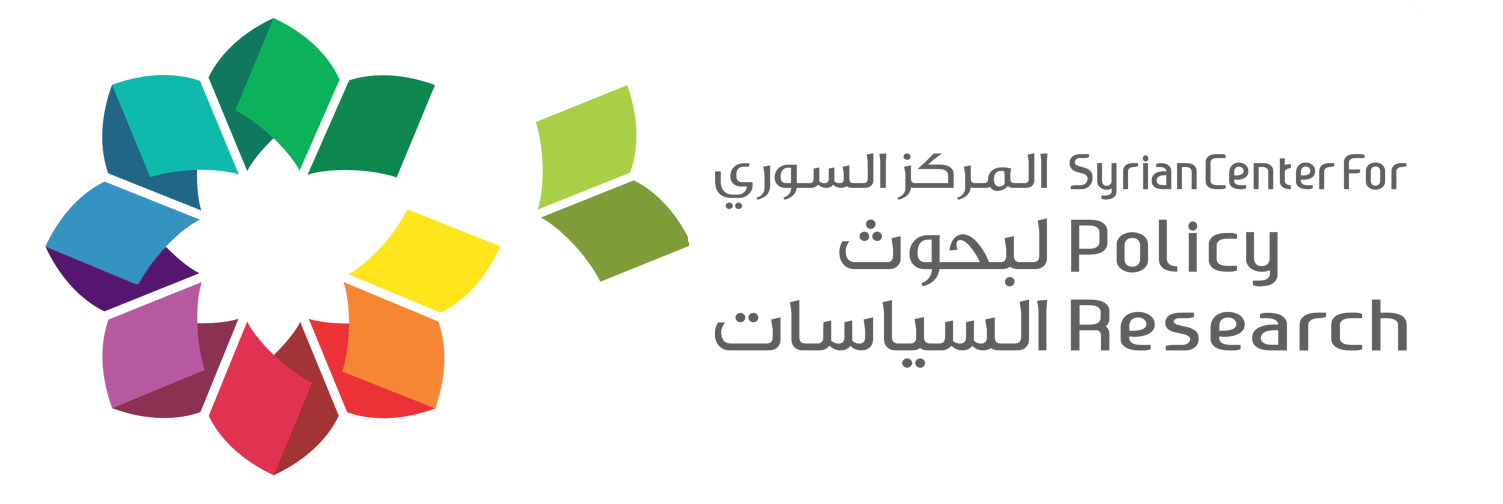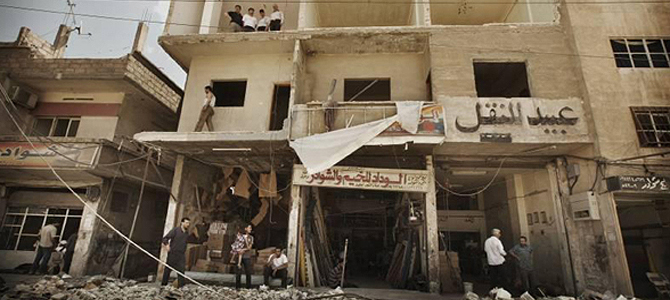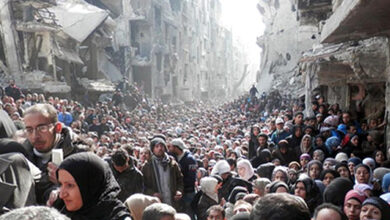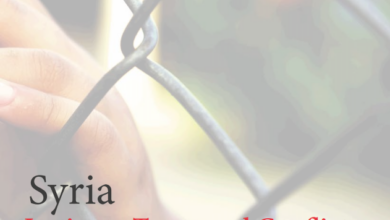This report is the first of five quarterly reports produced in cooperation between UNRWA and Syrian Center for Policy Research (SCPR). These aim to provide an on-going assessment of the socioeconomic landscape in Syria during the current crisis by using available official updates and utilizing econometric models to estimate other key indicators.
For more than two years, Syria has witnessed an internal armed-conflict that emerged out of a deep socio-political crisis. While the initial catalyst of the conflict appeared to be domestic, it has subsequently assumed debilitating national, regional and international dimensions, which now underpin a crisis of manifold complexity with manifest political, economic, and social consequences that will not be easily resolved either through diplomacy or warfare. Moreover, the armed-conflict is rapidly draining the human capital, productive assets and economic wealth of the country, while fostering violence and antagonism that is distorting social cohesion and diversity. The conflict has resulted in the diversion of resources from productive to destructive activity in an anti-social environment that is compounded by criminality, lawlessness and terror. The continuation of such trends throughout 2013 will have calamitous impact on the overall development in the country.






